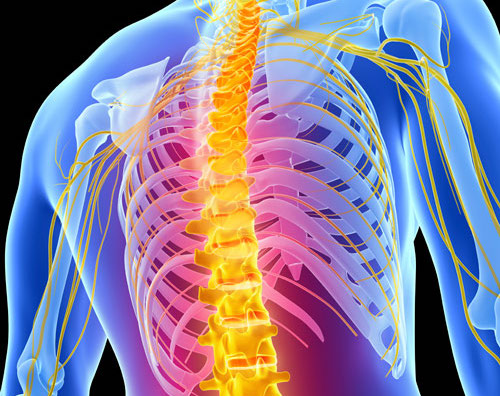Mitsubishi Tanabe Pharma Corporation (MTPC, Head Office: Chuo-ku, Osaka; President & Representative Director, CEO: Hiroaki Ueno) and Professor Toshihide Yamashita at the Department of Molecular Neuroscience and Department of Neuro-Medical Science, Osaka University Graduate School of Medicine, announced today that MTPC’s research and development subsidiary in the US, Mitsubishi Tanabe Pharma Development America, Inc. (MTDA) has initiated enrollment of a Phase 2 clinical trial of jointly developed MT-3921 for the treatment of spinal cord injury.
With no effective therapy available, spinal cord injury is a primary disease target for regenerative medicines. MT-3921 is a novel humanized immunoglobulin G1 (IgG1) monoclonal antibody that binds to repulsive guidance molecule A(RGMa) for the treatment of spinal cord injury. It is a potentially significant addition to the treatment of neurological disorders, one of the focus areas of MTPC’s development pipeline. MTDA was granted Fast Track Designation1 for MT-3921 for the treatment of spinal cord injury in July 2021 by the U.S. Food and Drug Administration (FDA).
MTDA has initiated a Phase 2 Proof of Concept (POC) study (NCT04683848) to enroll 72 patients with spinal cord injury in the US, Canada, and Japan. It is a multicenter, randomized, double-blind, placebo-controlled, parallel-group study to evaluate the safety, efficacy, and tolerability of MT-3921. The primary endpoint of the study is a change in Upper Extremity Motor Score (UEMS) after 6 months of treatment. Professor Yamashita’s research team supports the Phase 2 study with preclinical research and scientific communication with the study sites.
Mitsubishi Tanabe Pharma Group and Osaka University Graduate School of Medicine are committed to advance research and development activities to satisfy unmet medical needs and to deliver innovative treatments to patients.








